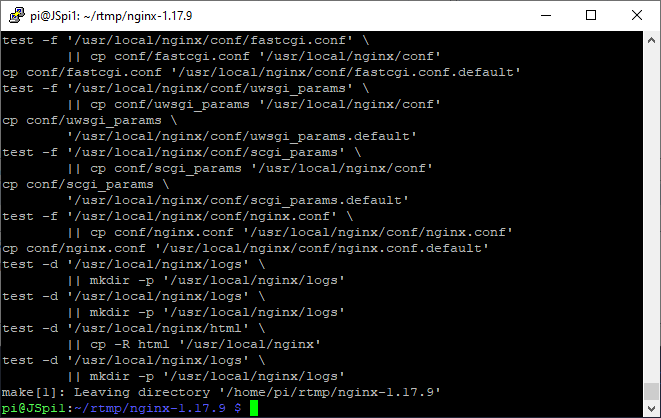

Here's how one guy broadcast a live stream (in this instance a Capture/Desktop#Windows screen capture device): You can see a description of what some of these means, (for example bufsize, bitrate settings) in the Encode/H.264. NB that they also (for directshow devices) had to adjust the rtbufsize in that example. vcodec libx264 -preset ultrafast -tune zerolatency -r 10 -async 1 -acodec libmp3lame -ab 24k -ar 22050 -bsf:v h264_mp4toannexb \ Here is what another person once did for broadcast:įfmpeg -f dshow -i video="Virtual-Camera" -preset ultrafast -vcodec libx264 -tune zerolatency -b 900k -f mpegts udp://10.1.0.102:1234įfmpeg -f dshow -i video="screen-capture-recorder":audio="Stereo Mix (IDT High Definition" \ My guess is you typically don't want to use this flag when streaming from a live device, ever. if you wanted to stream a video file, then you would want to use this, otherwise it might stream it too fast (it attempts to stream at line speed by default). Mainly used to simulate a grab device." i.e. The FFmpeg's "-re" flag means to "Read input at native frame rate. Also any rtmp server will most likely work to receive streams from FFmpeg (these typically require you to setup a running instance on a server). You can also live stream to online redistribution servers like or (for instance streaming your desktop).

and there is probably more out there for apache, etc. Nginx also has an rtmp redistribution plugin, as does apache etc. Since FFmpeg is at times more efficient than VLC at doing the raw encoding, this can be a useful option compared to doing both transcoding and streaming in VLC. Even VLC can pick up the stream from ffmpeg, then redistribute it, acting as a server. Servers which can receive from FFmpeg (to restream to multiple clients) include ffserver (linux only, though with cygwin it might work on windows), or Wowza Media Server, or Flash Media Server, Red5, or various others. Theoretically you might be able to send to multiple receivers via multiple outputs but there is no built-in full blown server. Adjusting bitrate based on line conditionsįFmpeg can basically stream through one of two ways: It either streams to a some "other server", which re-streams for it to multiple clients, or it can stream via UDP/TCP directly to some single destination receiver, or alternatively directly to a multicast destination.


HTTP Live Streaming and Streaming with multiple bitrates.Streaming a simple RTP audio stream from FFmpeg.


 0 kommentar(er)
0 kommentar(er)
